To mark the International Day of Persons with Disabilities, this year’s theme reinforces the need for leadership of persons with disabilities for an inclusive and sustainable future, according to the official website of the WHO. Advancing the agency and leadership of persons with disabilities is a priority.
Globally, over 1.3 billion people live with some form of disability, and South East Asia region is no different with approximately 16% of its population living with significant disability. These numbers continue to rise with increasing chronic ailments and ageing population. Unfortunately, persons with disabilities are three times more likely to be denied healthcare, four times more likely to be treated badly in healthcare systems, and 50% more likely to suffer catastrophic health expenditure. In low-income countries, over half of all persons with disability cannot afford proper healthcare.
Today, we want to reiterate the importance of inclusion and leadership of persons with disabilities through their meaningful participation to support people’s right to health, mainstreaming and developing targeted programs, and considering disability perspective in whatever work we do. Disability inclusion should be considered in all our technical guidance and advisory groups, program design teams, evaluation criteria & indicators, inclusive research & local ethics, and in events, media, and communication.
The UN Disability Inclusion Strategy (UNDIS) requires all UN entities to have systematic close consultation with, and active involvement of organizations of persons with disabilities (OPD) on not just disability-specific, but all issues. WHO’s reasonable accommodation policy supports this and is available to employees with disabilities, including staff, consultants, interns, volunteers, employees who have dependents with disabilities, and even our meeting participants.
To facilitate the meaningful inclusion and participation of persons with disabilities in all our work areas, some initiatives have been taken in the WHO South-East Asia Region. For instance, the SEARO CARE initiative for health and wellbeing of the staff will have special focus for staff and family members with disabilities. The aim of the initiative is to create a supportive environment for all of us to feel valued, respected and cared for. The Regional ROADMAP specifically focuses on equity and inclusion of persons with disabilities and will have a direct impact on the work we do. Additionally, going forward, special focus on disability inclusion, mental health, and psychosocial support in emergency setting will be provided.
We need to be proactive in our approach to build capacity in WHO programs by providing technical support and co-developing resources on disability inclusion tailored to each program. Key barriers to advancing disability inclusion in WHO programs are limited understanding of disability and health inequalities for persons with disabilities and thinking that rehabilitation and assistive technology are the only health services that persons with disabilities need. We need to expand our understanding of the meaning of inclusion, and develop a sense of responsibility and accountability towards persons with disabilities through our programs and business operations.
In humanitarian crises, such as natural disasters, conflicts, and pandemics, persons with disabilities are the most vulnerable. In such scenarios, along with addressing health conditions, they may also need mental health and psychosocial support. These individuals face increased risks and barriers in accessing essential services due to physical, attitudinal, and institutional obstacles. We need to recognize the critical need to integrate disability and social inclusion into emergency preparedness, response, and recovery. These inclusive approaches are vital for ensuring equitable access to services, protecting human rights, and upholding the dignity of all individuals.
WHO has recently launched the Health equity for persons with disabilities: a guide for action. It is a national health planning tool to support ministries of health to advance health equities for persons with disabilities. It is focused on the integration of disability inclusive actions within wider health system strengthening and primary healthcare approach. The process requires engagement of other ministries, and stakeholders including civil society partners. Nepal is the first country in our region to start implementing this tool and I encourage other Member countries to take this up as well.
Three recommended principle from the Global report on health equity for persons with disabilities to be included in our work are firstly, include health equity for persons with disabilities at the centre of any health sector action. Secondly, ensure empowerment and meaningful participation of persons with disabilities and their representative organizations when planning and implementing any health sector action. Thirdly, monitor and evaluate the extent to which health sector actions lead to health equity for persons with disabilities.
On this International Day for persons with disabilities, let us reiterate our commitment to leaving no one behind, address the health inequities that persons with disabilities experience, and promote leadership for an inclusive and sustainable future.


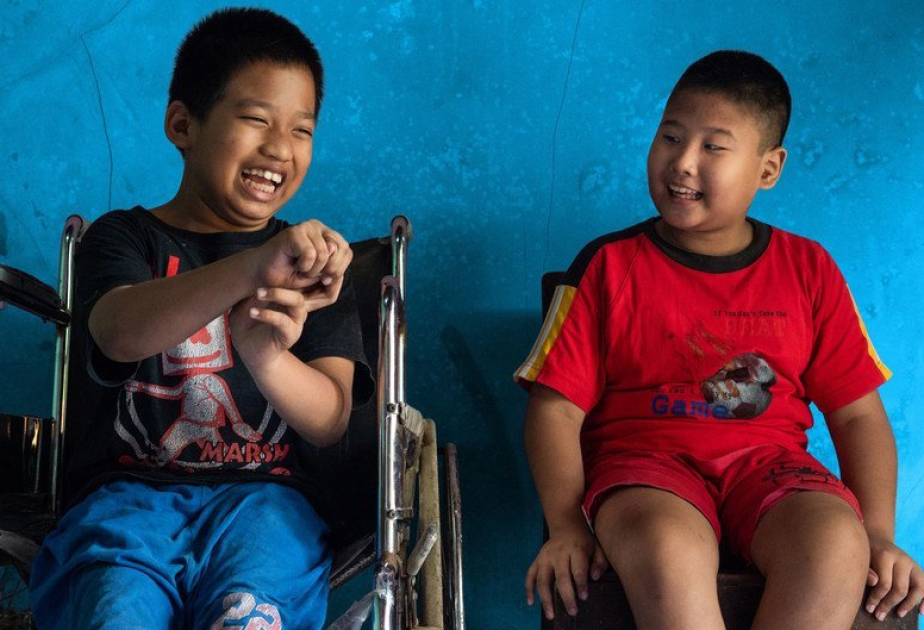
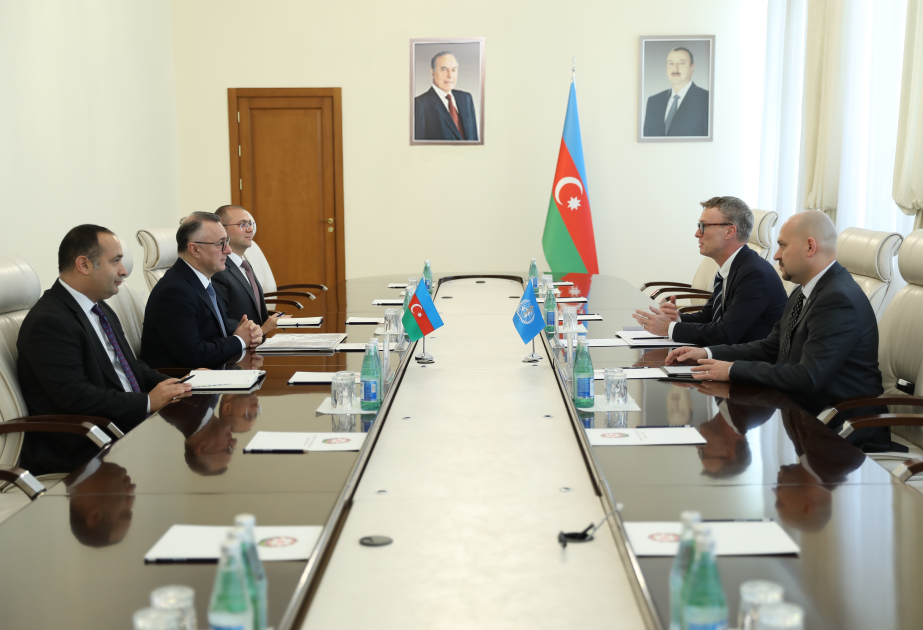
.jpg)

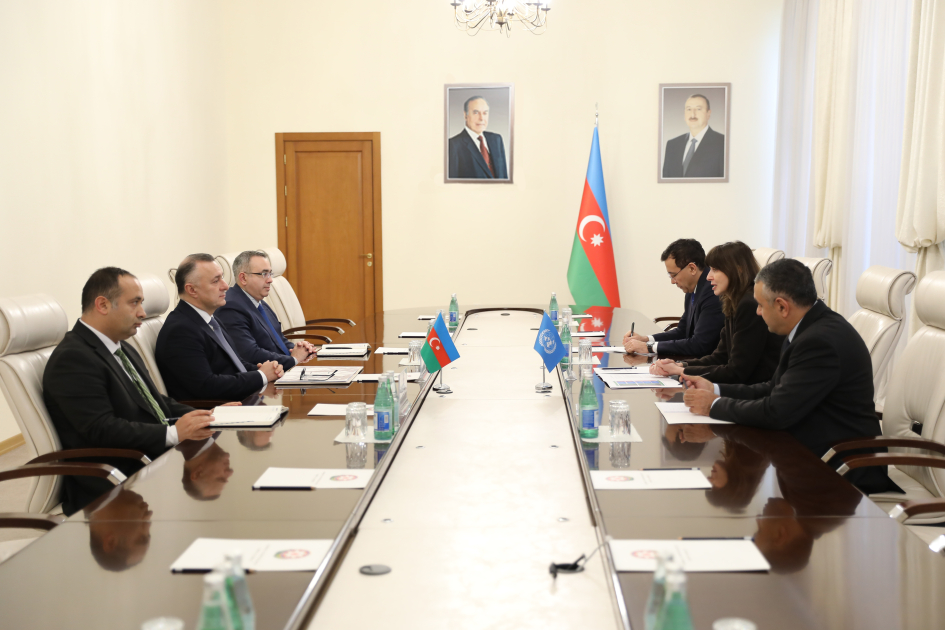


.jpeg)

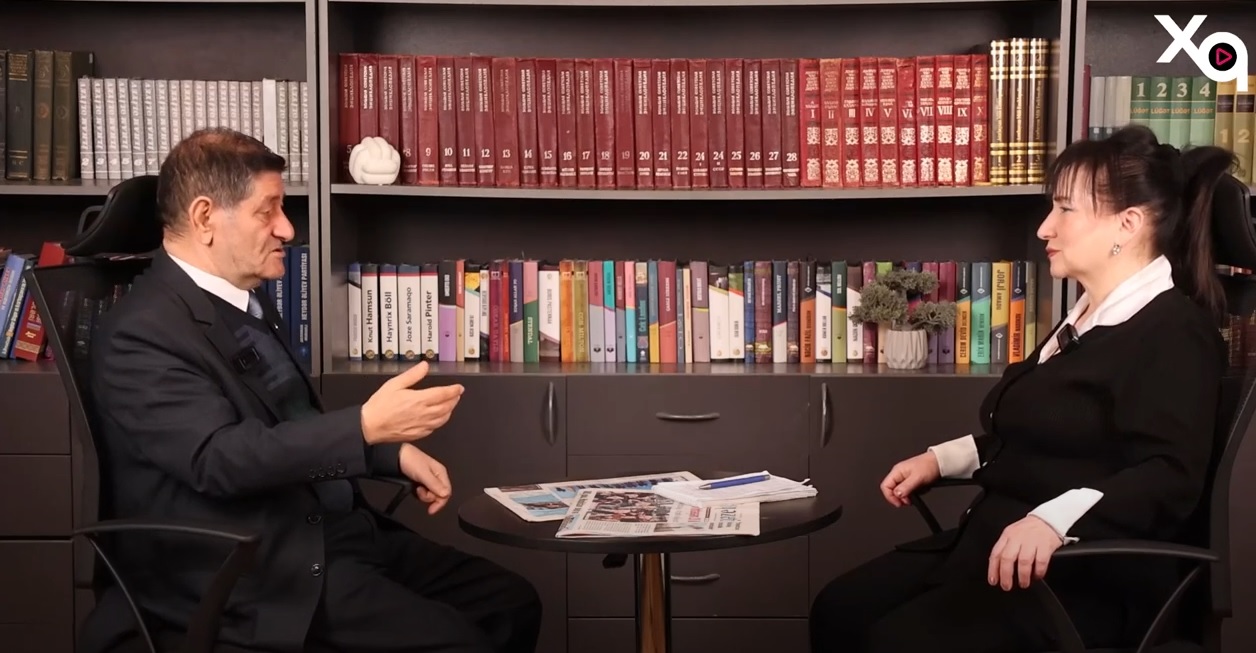
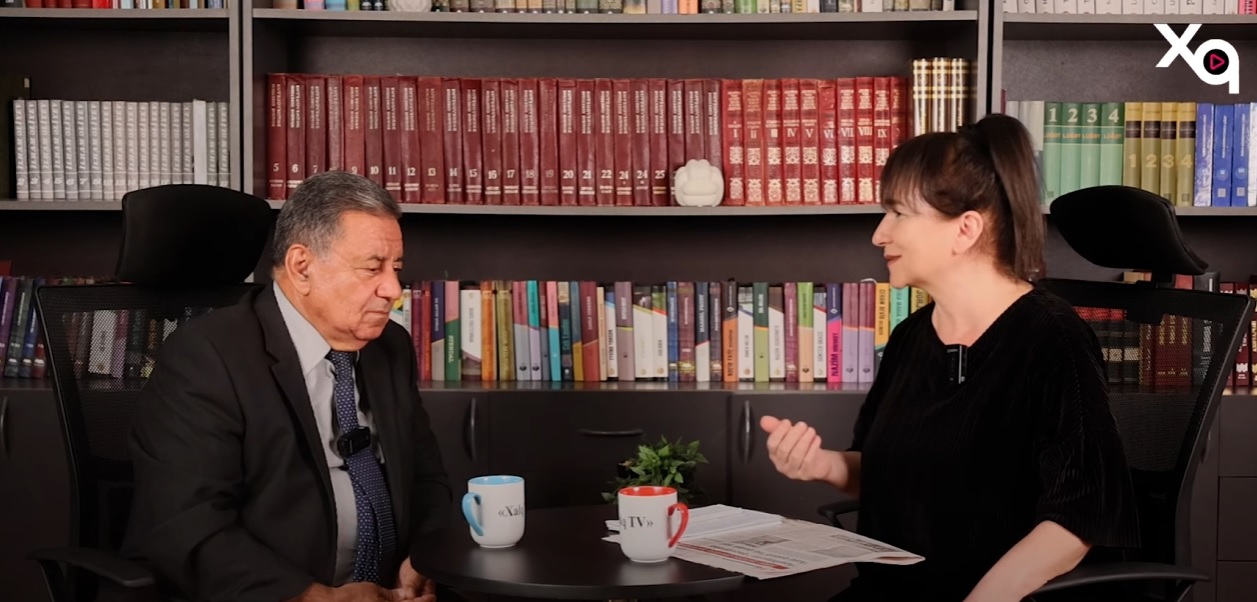
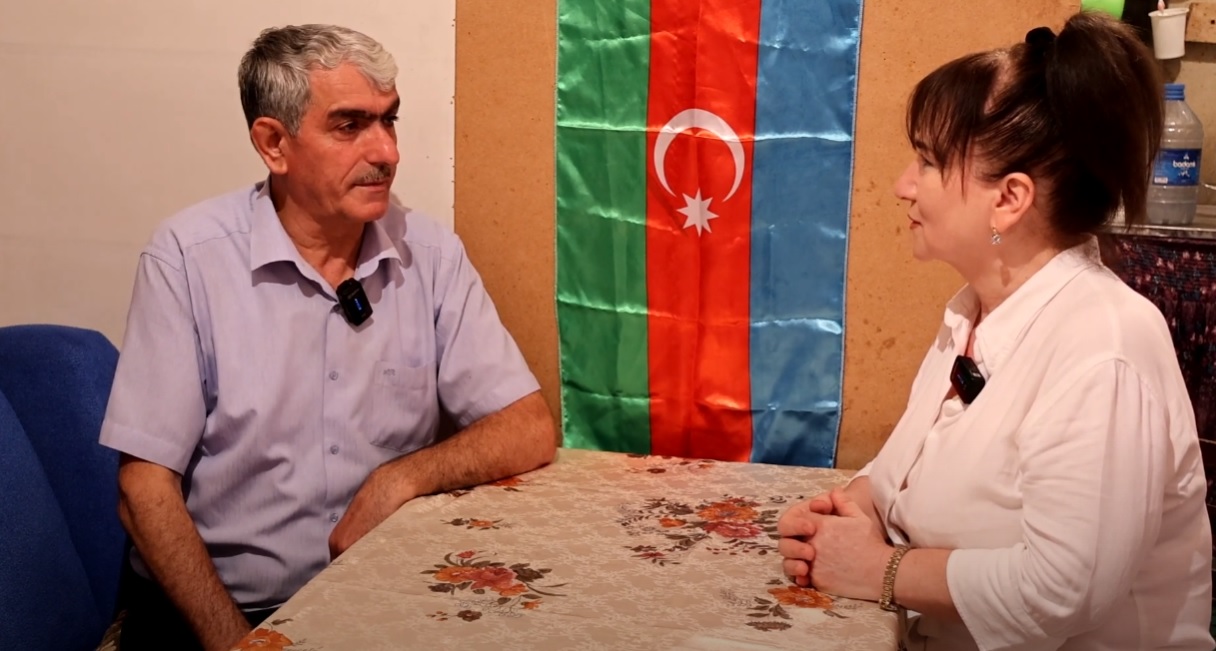
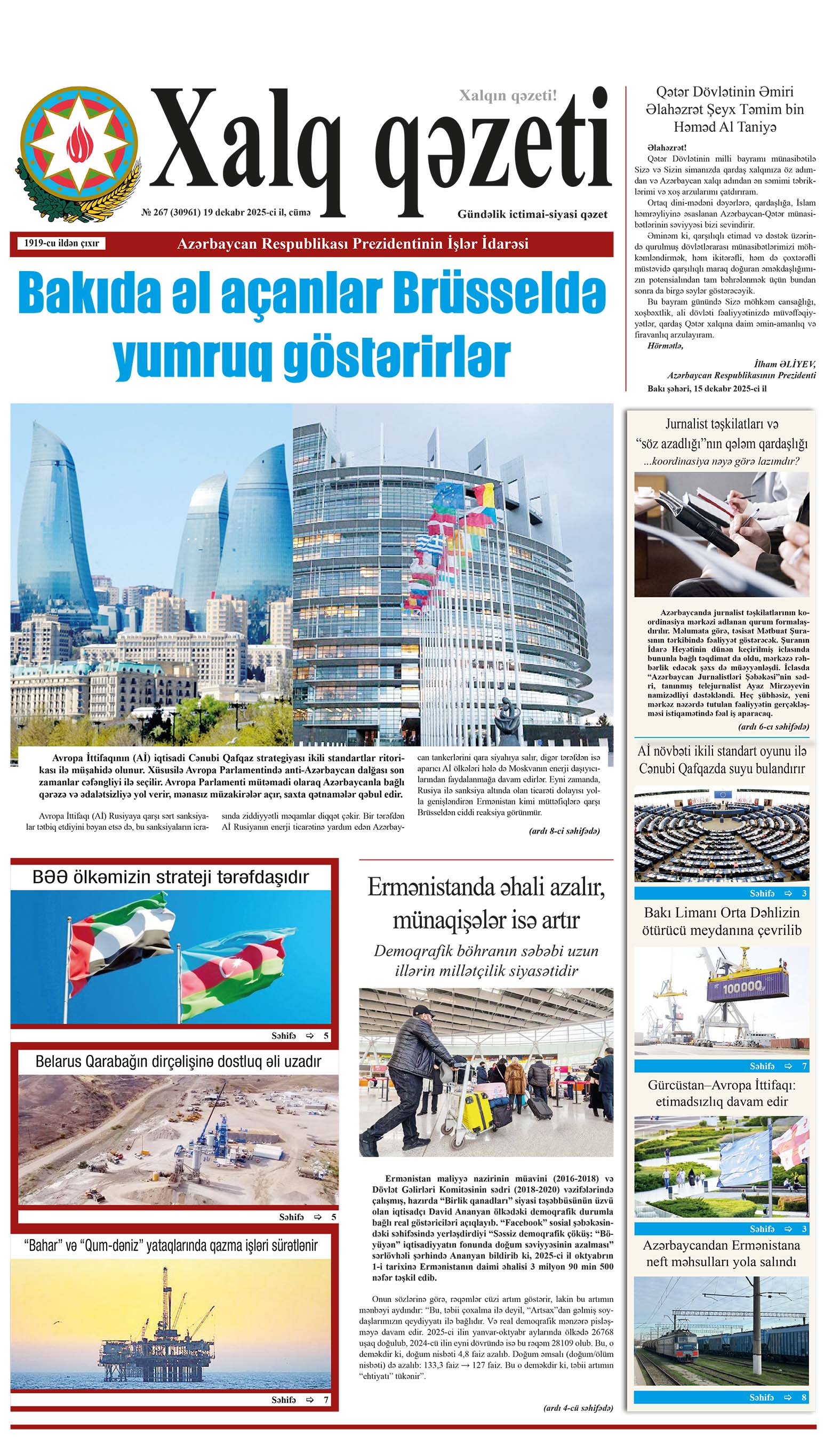
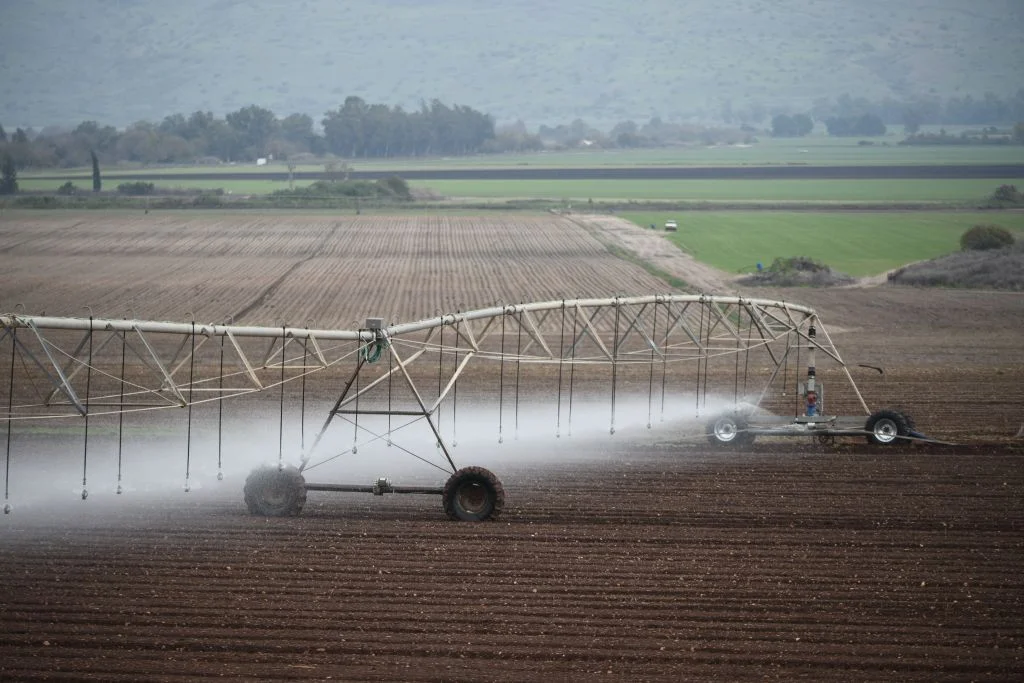
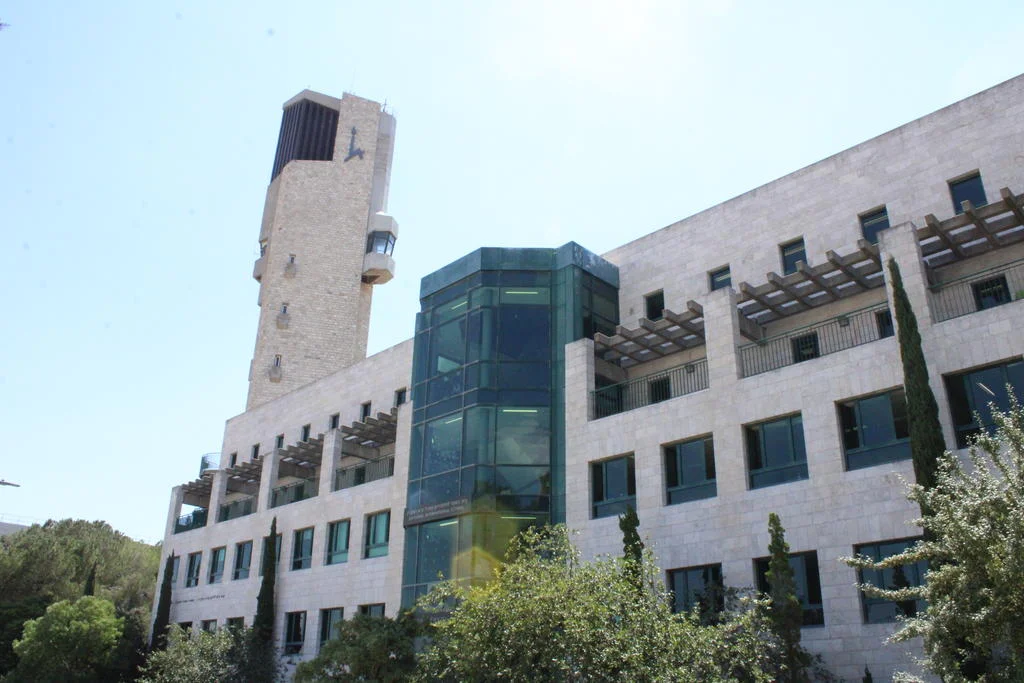
.webp)

